

Table of contents
- Hardy versus frost hardy – definition
- Hardy classic: real lavender
- Lavender from Provence - only conditionally hardy
- Conditionally hardy French lavender - Lavandula Stoechas
- Preparation for the winter
- Winter protection and care
- Conclusion
Decorative, aromatic and with a calming effect - lavender is a must in every garden. The popular plant, which attracts countless bees during the summer, is a visual highlight in every bed. Since lavender can be up to 30 years old, hobby gardeners should also consider overwintering when purchasing the plant; With the right variety and optimal care, lavender successfully survives the cold season and reliably blooms again the following year.
Hardy versus frost hardy – definition
Lavender is not inherently hardy; on the contrary, successful overwintering also depends on the variety. Lavender, which is known as hardy, shows a certain insensitivity to cold stress – the arises when the air and soil temperatures fluctuate or wind frost and permafrost as well as drought and dew appear. Hardy lavender has the following properties:
- still needs some protection in winter
- Protective measures depend on the region
- unstable weather conditions are poorly tolerated
Lavender, which is known as hardy, is not frost-resistant; because this would mean that the plant survives even stronger periods of frost unscathed.
Hardy classic: real lavender
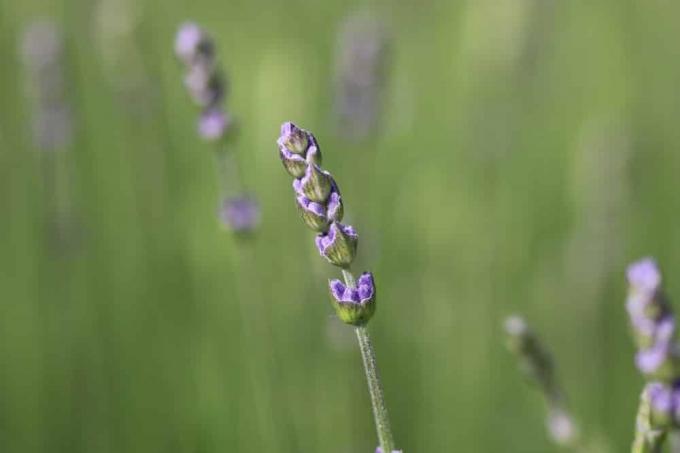
Only real lavender (Lavandula Angustifolia) is completely hardy. It is generally regarded as the most robust variety and is a classic in many German gardens. Real lavender grows up to 80cm high and tolerates temperatures down to -15°C - at least for a short time. The plant impresses with its blue-purple flowers, which hang on long panicles and unfold from June to August. However, it is not uncommon for real lavender to bloom until autumn.
Lavender from Provence - only conditionally hardy
Originally from Provence, Lavandin is also being cultivated more and more frequently in Germany. This variety can also remain in the garden during the cold season, but is only conditionally hardy. The plant has the following properties:
- grows up to 90cm high
- presents long panicles
- grows rather bushy
- tolerates short-term temperatures down to -10° Celsius
- blooms from May/June until late autumn
Tip:
While real lavender only needs winter protection in most cases, lavandin definitely needs protection in the cold season.
Conditionally hardy French lavender - Lavandula Stoechas
The French lavender, which is also known as Arabic lavender and grows to a height of between 30 and 100 cm, also needs additional winter protection. The black-purple flowers, which turn dark, are particularly striking. The flower panicles form a decorative crown above the shrub; depending on the weather, the flowering period begins in March. Like Lavandin, this variety tolerates temperatures down to -10° Celsius for short periods
Preparation for the winter
No matter which hardy or partially hardy variety is selected for cultivation - in most cases the crop must be optimally prepared for the winter. This includes the search for an ideal location as early as summer; The lavender feels particularly comfortable in a place that has the following properties:
- sunny location
- enough heat
- dry
If lavender is to remain in the garden during the cold season, it is important to plant it in spring; then the plant can grow well and in this way survive frost and snow better. In addition, sufficient sun protection should be ensured when exposing the lavender; Twigs, a layer of leaves or a straw mat over the roots protect this sensitive area in winter. This prevents the plant from drying out, which can happen quickly due to the strong winter sun.
A notice:
The last pruning should be done in early summer; if lavender is cut back too late, there is a risk of frost damage, as the cutting points can dry out.
Winter protection and care
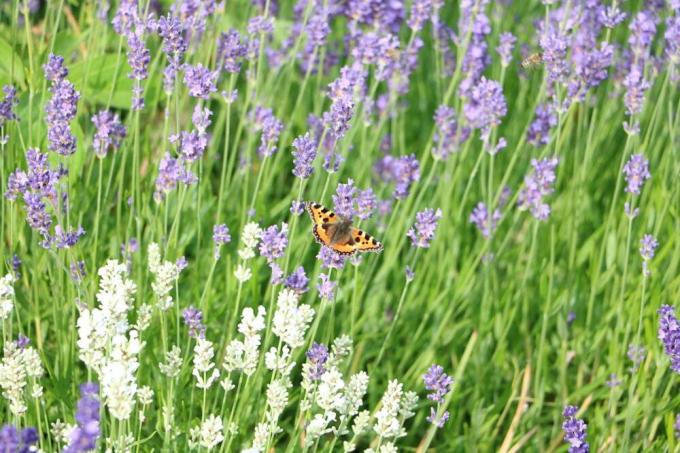
Lavender almost always needs winter protection in our latitudes - also depending on the variety and the region in which it is cultivated. For example, conditionally hardy varieties do not need additional protection if they are already in front of a niche or a wall. In all other cases, the following aspects apply to a successful hibernation:
- Covering the ground with brushwood
- additional protection with plant fleece
- especially when the lavender is free in a bed
Tip:
Lavender can usually deal better with a snow cover than with prolonged periods of frost. Fluctuating temperatures with frost, thaw, snow and rain are also harmful.
Prudent watering is part of winter care, but this should only be done if the soil is permeable or frost-free. Otherwise, there is a risk that both the plant and the root will freeze and suffer damage. If you water on warm days when the sun comes through, you should also pay attention to a small amount of water; in winter pouring is required with a lot of finesse!
Conclusion
Lavender can definitely be overwintered in our latitudes. However, both hardy and semi-hardy varieties usually require additional protection; if this is attached, the hobby gardener can look forward to a blooming and fragrant lavender bed in the following year.
 garden editorial
garden editorial I write about everything that interests me in my garden.
Learn more about overwintering plants

How much frost do horned violets tolerate?
Horned violets are a popular bedding plant that survives the winter. They are planted either in spring or in autumn and overwinter in the beds. They usually do without frost protection, which is why they are also often used as easy-care plants for graves.

Is the dragon tree hardy? 7 tips for wintering
Dracaena, the botanical name of the dragon tree, is not just coincidentally reminiscent of a palm tree. Like the palm trees, it also likes it warm and sunny. He is not hardy and has to hibernate in the house. Here are some tips.

Are asters hardy? 5 tips for wintering
The summer aster and the autumn aster not only differ in their flowering time. When winter arrives, another difference becomes apparent: one dies, the other survives the frost.
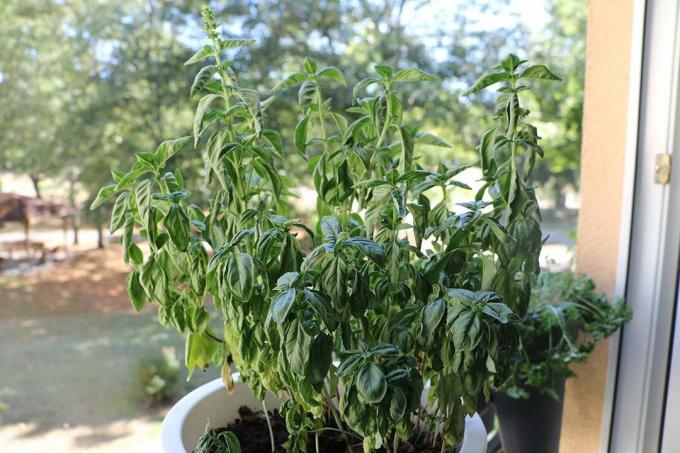
Overwintering basil: 7 tips for caring for it in winter
If you want to enjoy fresh basil in winter, you can overwinter it with a little skill. With these 7 tips you will definitely succeed!
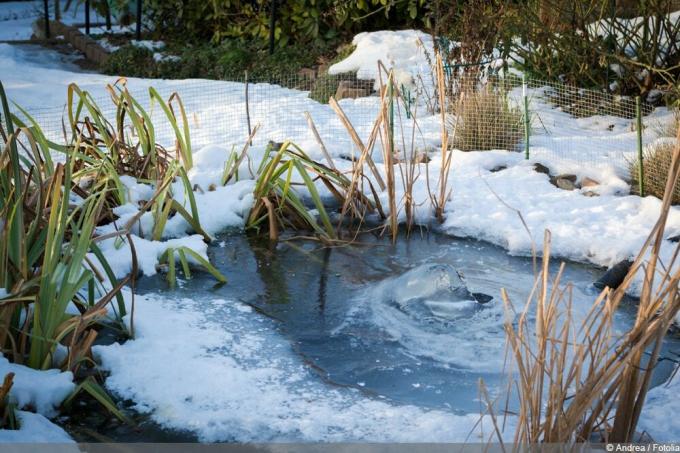
Overwintering pond plants | Aquatic plants in winter
The garden pond is an important design element in the garden for many hobby gardeners. With the right pond plants, it draws everyone's attention. The numerous species differ in their appearance, their planting location on or in the pond and, last but not least, their winter hardiness.
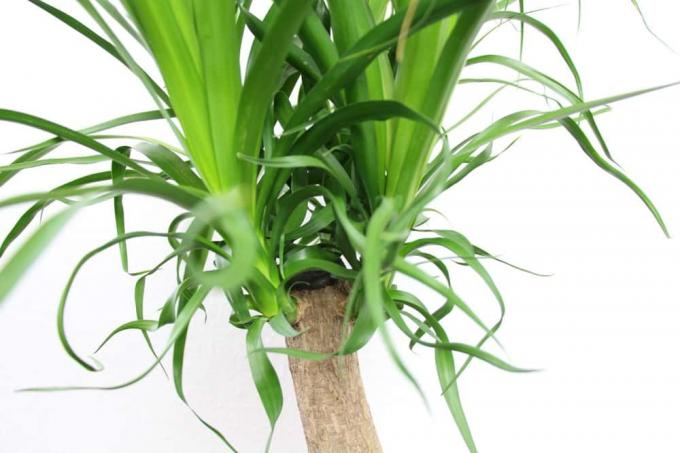
Overwintering Yucca Palm - Is It Hardy?
Although yucca palms are indoor plants, they like to be outdoors in the summer. However, most species are not hardy. It is necessary to winter them indoors. You can find out how to do this here.



